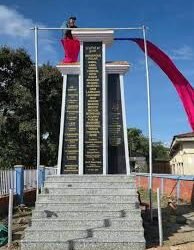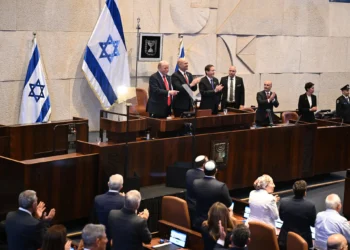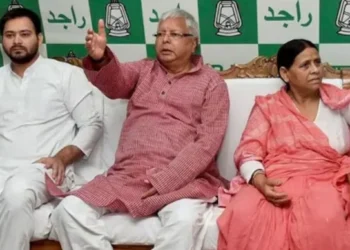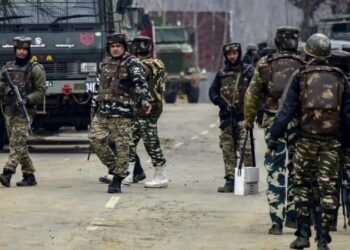RJD’s strategy focuses on attracting backward castes, EBCs, and even upper-caste Bhumihars, complementing its traditional M-Y support to widen its electoral reach.
BY PC Bureau
October 12, 2025: As the 2025 Bihar Assembly elections approach, Rashtriya Janata Dal (RJD) leader Tejashwi Yadav is expanding the party’s voter base to challenge the National Democratic Alliance (NDA). Historically reliant on the Muslim-Yadav (M-Y) coalition, the RJD now seeks to broaden its appeal beyond this group, which has often fueled caste and communal polarization. The NDA’s dominance in Muslim-majority Seemanchal—winning 12 of 24 seats in 2020, compared to the India Alliance’s seven—underscores the urgency of this shift.
Tejashwi’s strategy centers on building a broader caste coalition, incorporating backward castes, extremely backward castes (EBCs), and upper-caste Bhumihars, while leveraging alliances to amplify the RJD’s appeal. Rahul Gandhi’s “Vote Adhikar Yatra” in Bihar has generated momentum, potentially attracting upper-caste and Dalit voters to Congress, indirectly benefiting the RJD in a state where caste dynamics strongly shape electoral outcomes.
A key move in this strategy is the inclusion of Mukesh Sahni, the “son of a Mallah,” whose Vikassheel Insaan Party (VIP) lends credibility among EBCs, particularly the Mallah community. This complements Tejashwi’s outreach to the Kushwaha (Koeri) and Bhumihar communities. The Kushwahas, comprising roughly 4.21% of Bihar’s population, have traditionally supported Nitish Kumar’s JD(U), but recent defections make them a prime target for the RJD.
Key Inductions into the RJD
- Santosh Kushwaha – Former MP from Purnia, Santosh brings a strong Kushwaha base in Seemanchal. Elected as a BJP MLA in 2010, he later joined JD(U) and won the 2014 and 2019 Lok Sabha elections. His 2024 defeat as an NDA candidate prompted his switch to the RJD, signaling a potential shift in Kushwaha loyalties.
- Ajay Kushwaha – From the Lok Janshakti Party (Ram Vilas), his entry strengthens the RJD in Seemanchal and central Bihar, where Kushwaha votes can be decisive.
- Surajbhan Singh – Former LJP MP and influential Bhumihar, Surajbhan remains politically significant through his wife, Veena Devi, despite being barred from contesting due to a murder conviction. They compete with JD(U)’s Lallan Singh and strongman Anant Singh in Bhumihar-dominated areas.
- Rahul Sharma – Former Ghosi MLA (2010–2015) and son of veteran politician Jagdish Sharma, Rahul joined the RJD from JD(U), citing governance failures, strengthening the party’s appeal among Bhumihars in Jehanabad and neighboring constituencies
READ: Taliban Forces Kill 12 Pakistani Soldiers in Fierce Border Clashes
These inductions reflect a deliberate effort to diversify the RJD’s caste coalition. The outreach to Bhumihars, traditionally aligned with the BJP, aims to erode the NDA’s upper-caste stronghold, while Kushwaha defections challenge Nitish Kumar’s control over the “Luv-Kush” vote—a cornerstone of his political dominance.
However, the RJD faces hurdles. The NDA’s strong organizational machinery, Nitish Kumar’s appeal among EBCs and Kurmis, and prominent Dalit leaders like Chirag Paswan, Jitan Ram Manjhi, and Upendra Kushwaha—who can mobilize large Dalit and Koeri blocs—pose formidable challenges. Tejashwi hopes to counter this “chakravyuh” by emphasizing employment, development, and social equity while expanding the RJD’s traditional base.
As the polls near, Tejashwi’s attempt to rebrand the RJD as a pan-caste coalition could reshape Bihar’s electoral dynamics. Success will depend on whether these alliances convert into votes, especially in battleground regions like Seemanchal, where the NDA’s 2020 sweep exposed the RJD’s vulnerabilities. With strategic inductions and allied campaigns like the Vote Adhikar Yatra, the RJD is positioning itself as a formidable challenger to the NDA.












